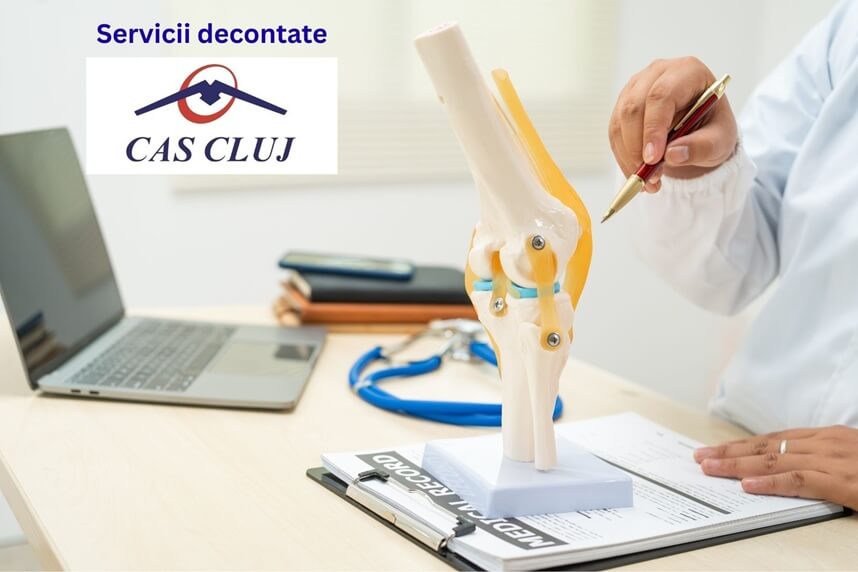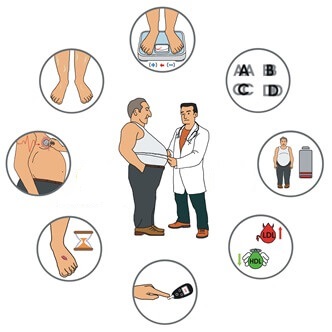See details
READ MORE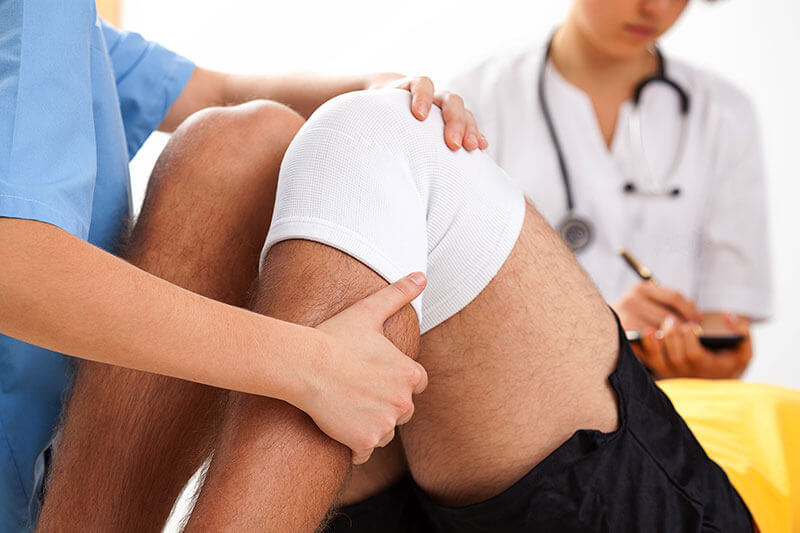
Recovery after meniscus suture
After surgery, before leaving the operating room, an elastic bandage and an ice pack will be applied to the knee. The ice pack will help reduce pain and swelling. Cryotherapy should be used continuously for the first 3-4 days after surgery. Afterward, the ice should be used for about 30 minutes between physiotherapy sessions. After 24 hours, the patient will be discharged, with a treatment that must not lack an antibiotic (3 days), an anti-inflammatory (7 days), an analgesic (if necessary), and an anticoagulant (2 days).The first 2 weeks:
Initial objectives:
- pain and swelling control
- performing a wide range of movement exercises immediately
- reaching and maintaining the completely passive extension and flexion up to 45 degrees
- prevention of quadriceps muscle atrophy
- resumption of walking without load on the operated limb.
Pain and swelling control:
- immediately after surgery, you must stand with your leg in a prone position and put ice on your knees).
- Do not stand for a long time with your foot in a fixed position (lower than the rest of your body), as this will lead to an increase in the volume of the knee and foot.
- Pain control involves the administration of analgesics and anti-inflammatory drugs during hospitalization.
- We advise you not to step on the operated leg because there is a risk of damaging the suture.
- You can take a shower, but the sutures must be protected from water.
- 3 rounds/day of 3 sets of 10 repetitions: isometric contractions of the quadriceps muscle. Each contraction lasts 6 seconds.

- 3 rounds/day of 8 sets of 10 repetitions: flexion of the thigh on the pelvis at 45-60 degrees. In a supine position, with the knee extended, the patient raises the leg to 45-60 degrees and holds the position for 6 seconds. The exercises are performed very gently. After each lift, the patient can relax his muscles for 2-3 seconds.
- 3 rounds/day of 8 sets of 10 repetitions: the abduction of the thigh on the pelvis at 45-60 degrees. In a lateral supine position with the knee extended, the patient raises the foot to 45-60 degrees and maintains the position for 6 seconds. The exercises are performed very gently. After each lift, the patient can relax his muscles for 2-3 seconds. Repeat the same exercise in a supine position.
- Adductor training is very important in reducing previous knee pain. A series of devices specially designed for these muscle groups are used to train the adductor muscles. Example of exercise: the patient sits on his back, comfortably, with his hands at the nape of his neck, a pillow, or a ball held tightly between the bent knees, 6-10 seconds. This exercise is repeated 10 times. These exercises are recommended only in the physiotherapy room, after 14 days from the operation.
- 4-6 rounds/day of 10 minutes of passive flexion and active extension 0-45 degrees: at the edge of the bed, the foot is lowered passively under the action of gravitational force, and raised by contraction of the quadriceps, helped with the contralateral leg (unoperated ) in both phases.

- the patient can actively use an ergonomic bicycle, pedaling with both feet (the chair is placed in the highest and most comfortable position). Looking to use a bicycle with toe support. It is recommended to pedal daily for about 15-45 minutes, increasing endurance as much as can be tolerated.
- daily stretching exercises 20-30 minutes (these stretching movements are recommended after and before cycling). Each exercise should be done in 3 sets of 15 daily repetitions.
The patient must follow a few sessions of physiotherapy, in the first 10 days postoperatively, to reduce inflammation and pain.
Week 3-4:
Objectives:
- reaching a flexion of 60 degrees
- the patient is not allowed to step on the operated pelvic limb
- must wear the orthosis throughout this period, with the limitation of flexion to 60 degrees.
If the patient has an office job, he is allowed to reintegrate after 14 days. If he has a job that involves intense physical activity, the rest period is 4 weeks.
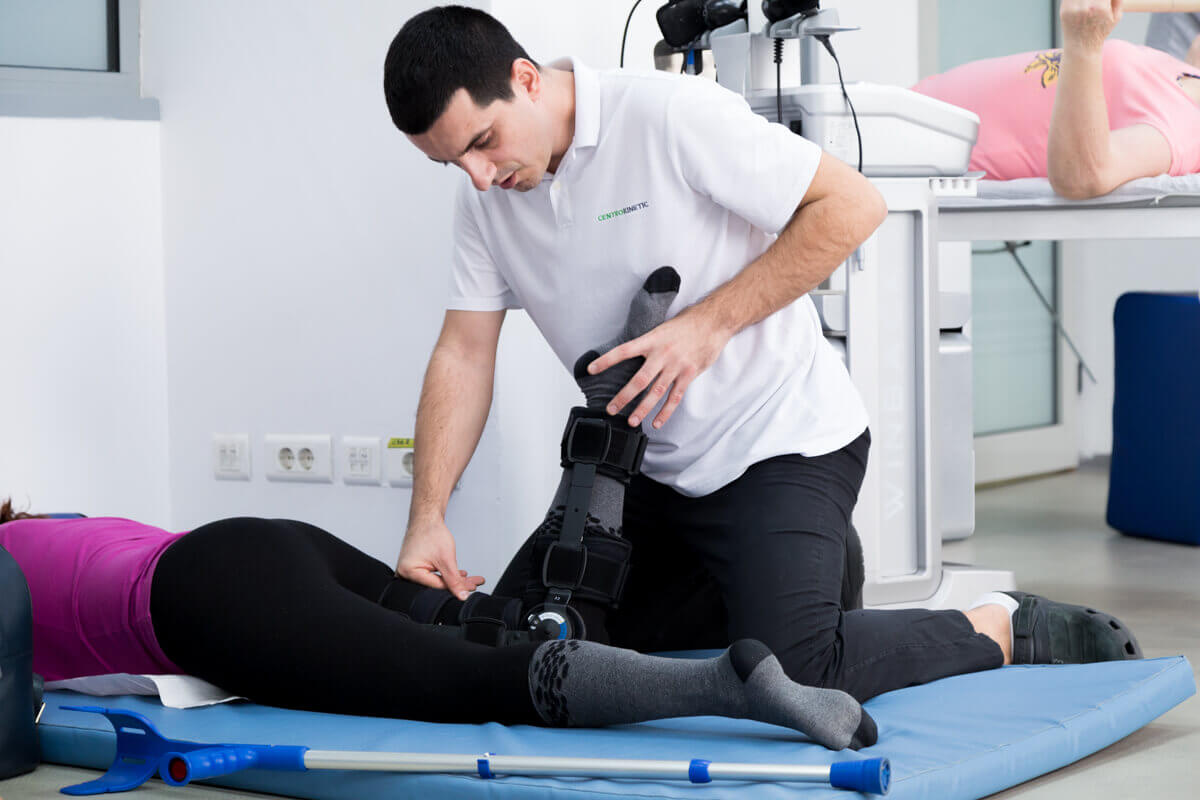
Week 4-6:
Objectives:
- reaching a 90-degree flexion
- the patient is not allowed to step on the operated pelvic limb
- must wear the orthosis throughout this period, with the flexion limited to 90 degrees.
After 6 weeks the patient can start to step on and remove the orthosis intermittently. The patient must continue to continue physical therapy: isometric contractions, toning of the thigh and leg muscles, active extension, active flexion (over 90 degrees). All exercises are done according to the same program. Restrictions: running with the change of direction, jumps, pivots, maximum flexion.
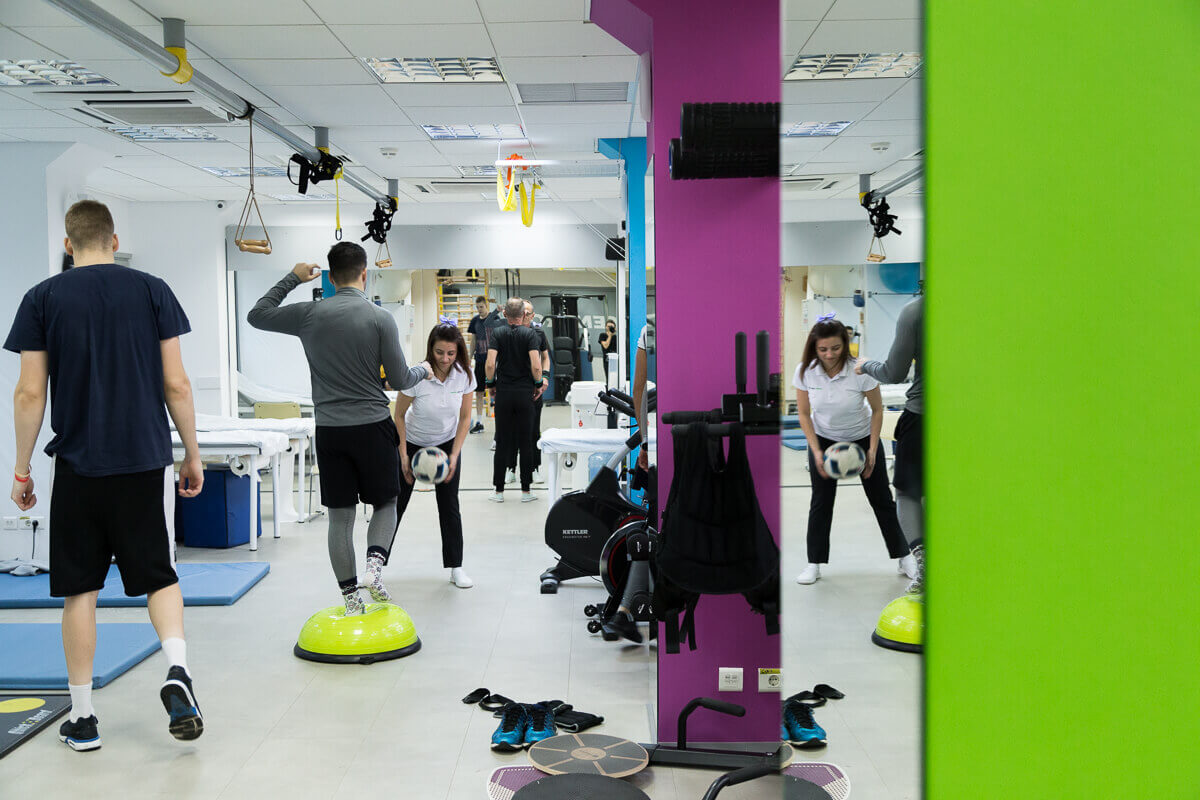

MAKE AN APPOINTMENT
CONTACT US
SUCCESSFUL RECOVERY STORIES
MAKE AN APPOINTMENT
FOR AN EXAMINATION
See here how you can make an appointment and the location of our clinics.
MAKE AN APPOINTMENT




